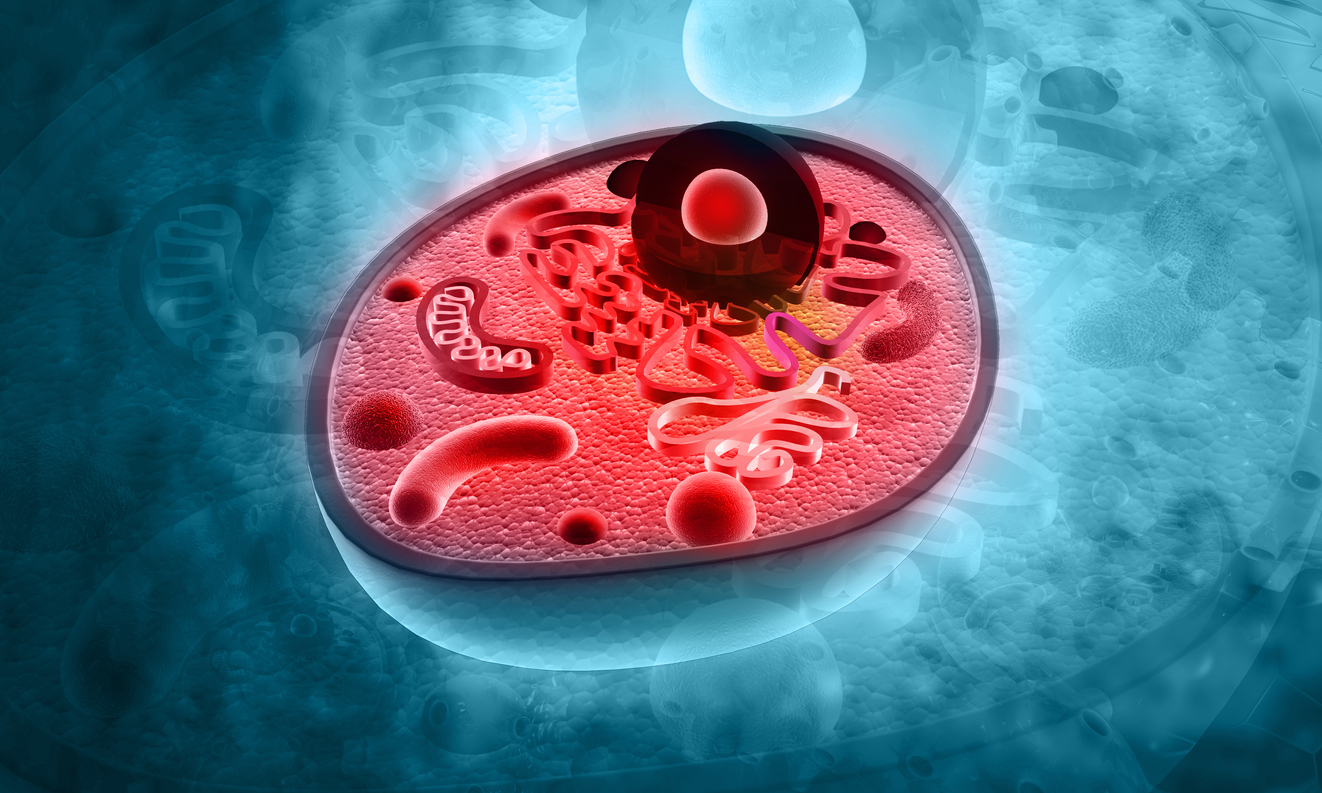Sunlight: The Power Source for Life on Earth and Human Cells
Light from the sun is not just essential for the Earth; it’s crucial for all life forms, including humans. Our bodies are made up of trillions of cells, each requiring energy to function properly. This energy, derived from the food we consume, is efficiently converted through a process known as cellular respiration.
This blog offers an insight into the world of cells and the complex process of cellular respiration. We will explore the central role of mitochondria in the production of adenosine triphosphate (ATP) energy and how light influences this process. Let’s take a closer look at how our cells operate.
What is a Cell?
Cells are the foundational elements of all living organisms. In humans, they are responsible for various life-sustaining processes, such as providing structure, facilitating growth and healing, and producing proteins. The nucleus, acting as the cell’s control center, houses DNA. A key aspect of cellular function is their ability to convert nutrients and oxygen into usable energy, primarily in the form of ATP. This energy production process, known as cellular respiration, is largely driven by the mitochondria.
The Mitochondria in Cells Power the Body
The mitochondria, often described as the cell’s powerhouse, are responsible for several functions, including cell signaling, steroid synthesis, cell apoptosis, and, most importantly, cellular energy production. These structures are unique in that they possess their own ribosomes and DNA. The number of mitochondria within a cell varies, reflecting the cell’s response to physiological changes like exercise, nutrient intake, and aging.
What is Adenosine Triphosphate (ATP)?
ATP is a high-energy molecule essential for almost every cell function. It’s fascinating to note that the human body recycles an amount of ATP equivalent to its own weight every day. The efficiency of ATP production and usage is crucial for the overall functioning of the body.
ATP Energy is Created Through Cellular Respiration
The creation of ATP involves cellular respiration, a highly efficient metabolic pathway that uses oxygen, water, and food. The process comprises several stages:
- Charge: The balance of electrons and protons, the life’s charges, is fundamental. Oxidation refers to the loss of electrons, while reduction is the gain of electrons.
- Coenzymes: These molecules transport protons and electrons into the mitochondria. Nicotinamide Adenine Dinucleotide (NAD+) and Flavin Adenine Dinucleotide (FAD) are vital coenzyme carriers in this process.
- Hydrogen: Hydrogen ions play a crucial role in cellular respiration, aiding in ATP production.
4 Stages of Cellular Respiration
ATP production occurs through either aerobic (with oxygen) or anaerobic (without oxygen) respiration, with the former being more common and efficient. The four stages of aerobic cellular respiration include:
- Glycolysis: The breakdown of food into pyruvate.
- Pyruvate Oxidation: The conversion of pyruvate into Acetyl-CoA, releasing electrons that form NADH.
- Citric Acid Cycle: A critical process where high-energy electrons and protons are harvested, creating NADH and FADH2.
- Oxidative Phosphorylation: The final stage where energy is produced through the electron transport chain.
How Does Red and NIR Light Enhance ATP Production?
Red and NIR light therapy has been found to significantly enhance cellular function. It can reduce inflammation, improve blood flow, and boost mitochondrial performance. This therapy increases the number of mitochondria and their efficiency in the cell. It works by improving the electron transport chain and combating the oxidative stress caused by nitric oxide (NO).
Conclusion: Red Light Supports Enhanced Cellular Function
Efficient ATP production through cellular respiration, enhanced by red and NIR light therapy, can lead to improved bodily function and energy balance. This therapy improves electron transfer in cells and counteracts the oxidative stress that weakens cells, thus supporting the body’s energy balance.
About Passiva
Passiva is an innovative materials science company that provides a revolutionary biotech platform to cost-effectively bring device-free therapeutic red light capabilities as an added ingredient or component to everyday medical, cosmetic, or vision care products.

